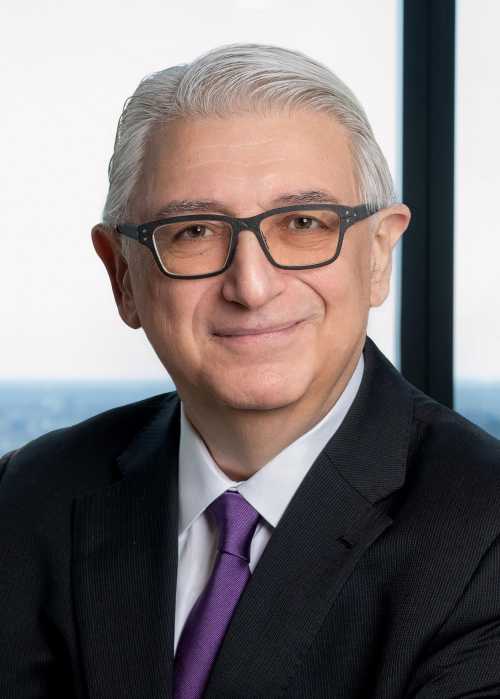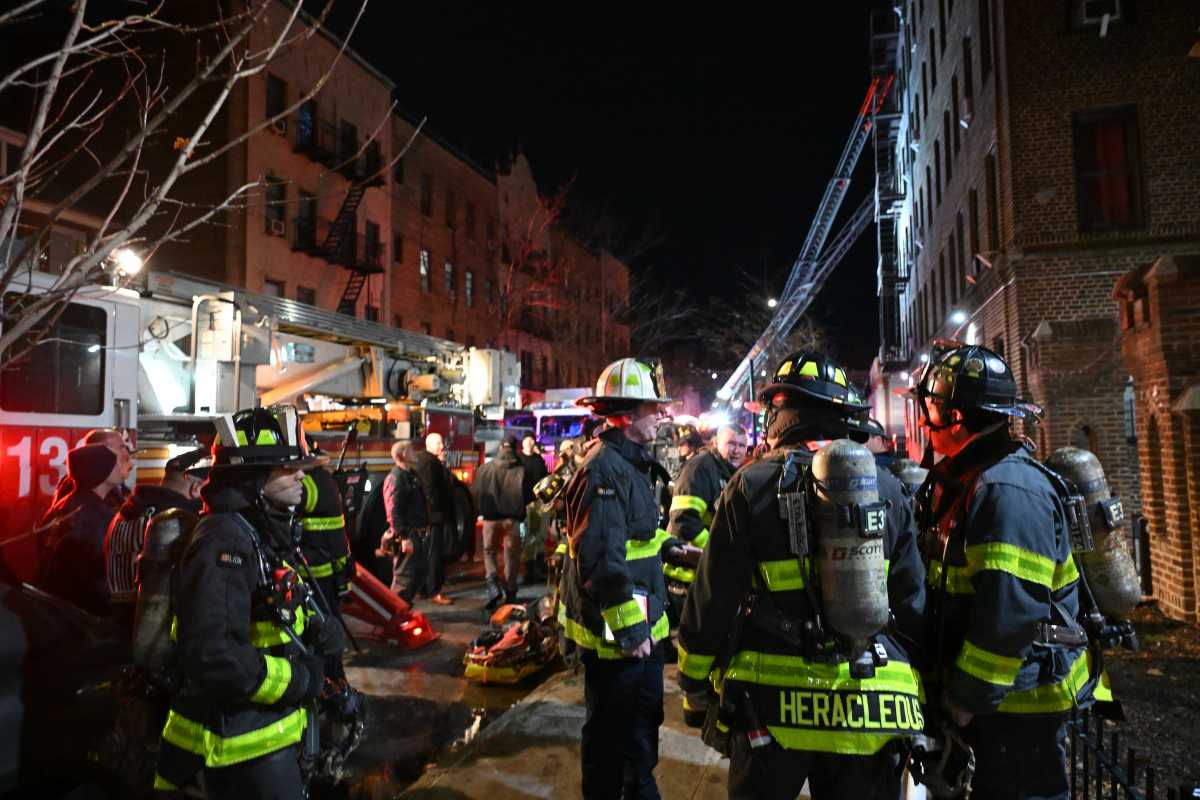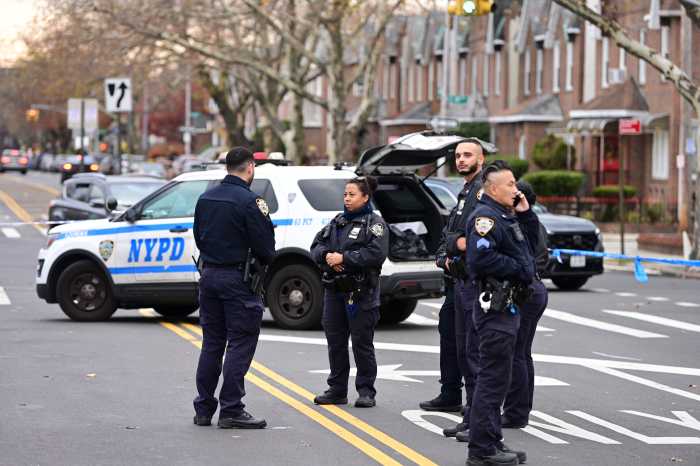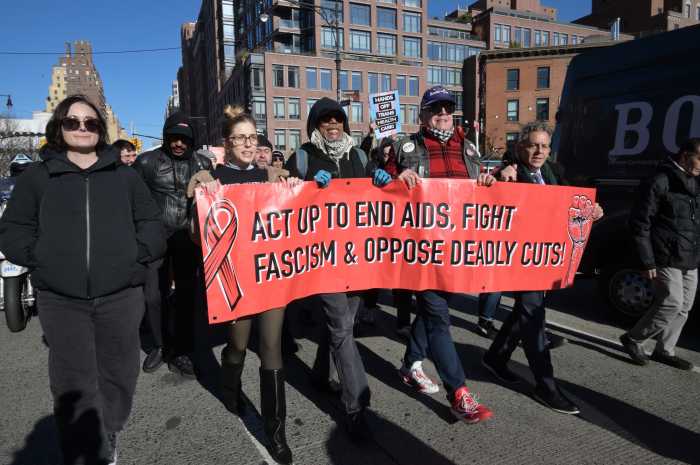
This flu season is a rough one, and getting rougher.
New York City’s health department reported 4,229 new lab-confirmed flu cases for the week ending Jan. 27. That was the highest weekly number since reporting began in 2004, and it was 44 percent higher than the previous week. On Monday, we learned that at least two children have died in NYC. Statewide, 9,377 people have been hospitalized for the flu this season. Nationally, it could be the worst season since 2014-15, when 34 million Americans got the flu and about 56,000 died.
That’s horrible, but not apocalyptic. Apocalyptic would be something like the influenza pandemic 100 years ago in which more than 50 million people died worldwide.
We need a truly effective flu vaccine
While that sounds like something that could happen only in the bad old days, epidemiologists warn that a lethal virus like the one that exploded in 1918 could recur, with airplane travel and modern population density enabling its spread. A century later, a dangerous flu strain could kill 200 million to 400 million people worldwide.
It’s well past time for an effective flu vaccine.
The lack of one has to do with two reasons — the difficulty of targeting an ever-evolving set of viruses, and the structure of profit-based pharmacology.
Traditional vaccines like those for measles, mumps and rubella, or yellow fever work very well. They are over 97 percent effective. The worst thing about them for drugmakers is that they work well for many, many years. There isn’t much profit in a drug people take once or twice. As a result, there’s little commercial incentive to invent a flu vaccine that works well against every possible strain of the disease.
A different way of funding the hunt is needed and it won’t be easy because right now, the drug companies are quite happy making $3 billion a year on annual flu vaccines that usually aren’t that effective, as anyone who had the shot and still got ill can attest. Twice in recent weeks, Gov. Andrew Cuomo has urged New Yorkers to get flu vaccinations, and while it would tamp down the spread if everyone did, it’s a tough sell at an estimated 17 percent rate of effectiveness.
Launch a global project
While flu viruses mutate, all share traits. A long-lasting “universal flu vaccine” that provides immunity against the core of all strains, including those that humans could catch from animals, is what’s needed. While the common traits are the hardest ones to target, scientists believe a universal vaccine is possible, and slow progress is being made by several academic teams.
An all-hands-on-deck “Manhattan Project” response — with investments and organizational help from world governments and philanthropies, and financial rewards for developing the vaccine — is the best way to reach the goal. For now, however, there is little alternative to vaccination, frequent hand-washing and discreet sneezes. Stay home from work or school when you’re sick, get tested and take antiviral medications when diagnosed with the flu.
These are largely ineffective solutions to a potentially catastrophic problem. And if we wait for the next pandemic, or depend entirely on the profit motives of the pharmaceutical industry for protection, the carnage could be unlike anything we’ve seen for a century.





































